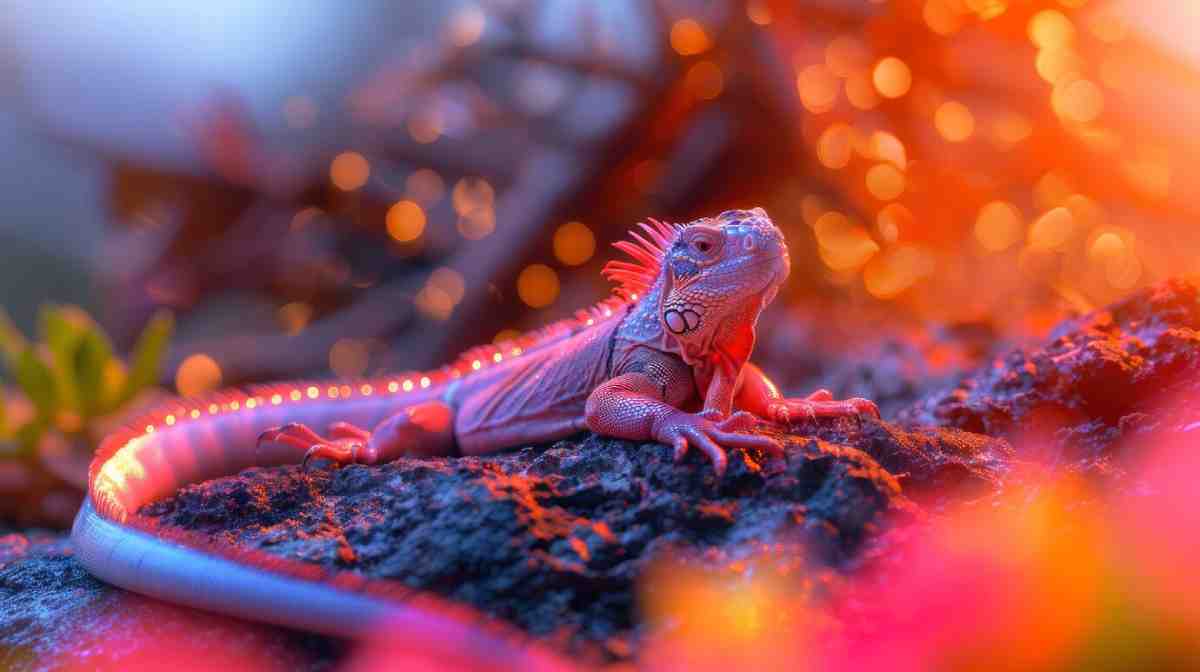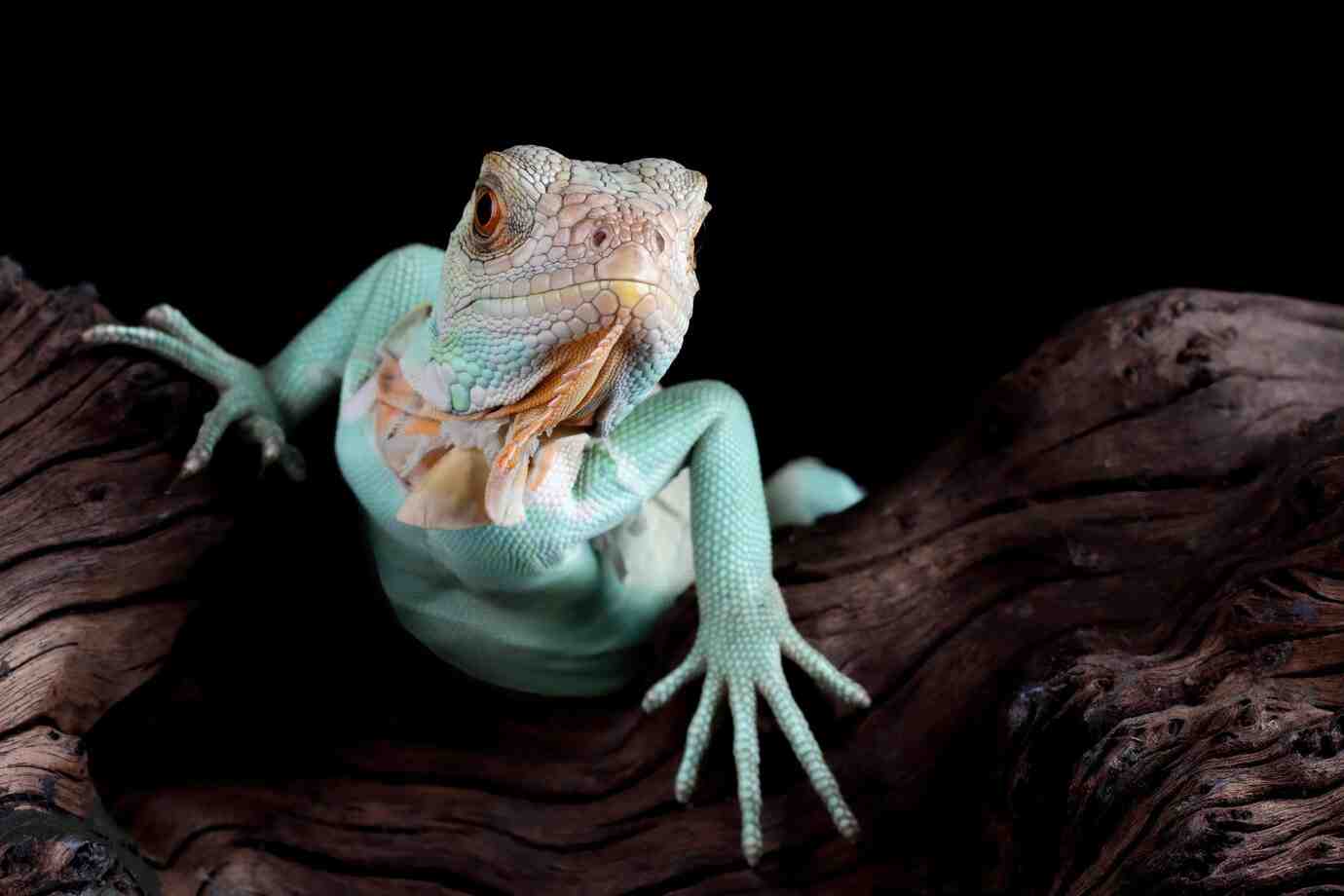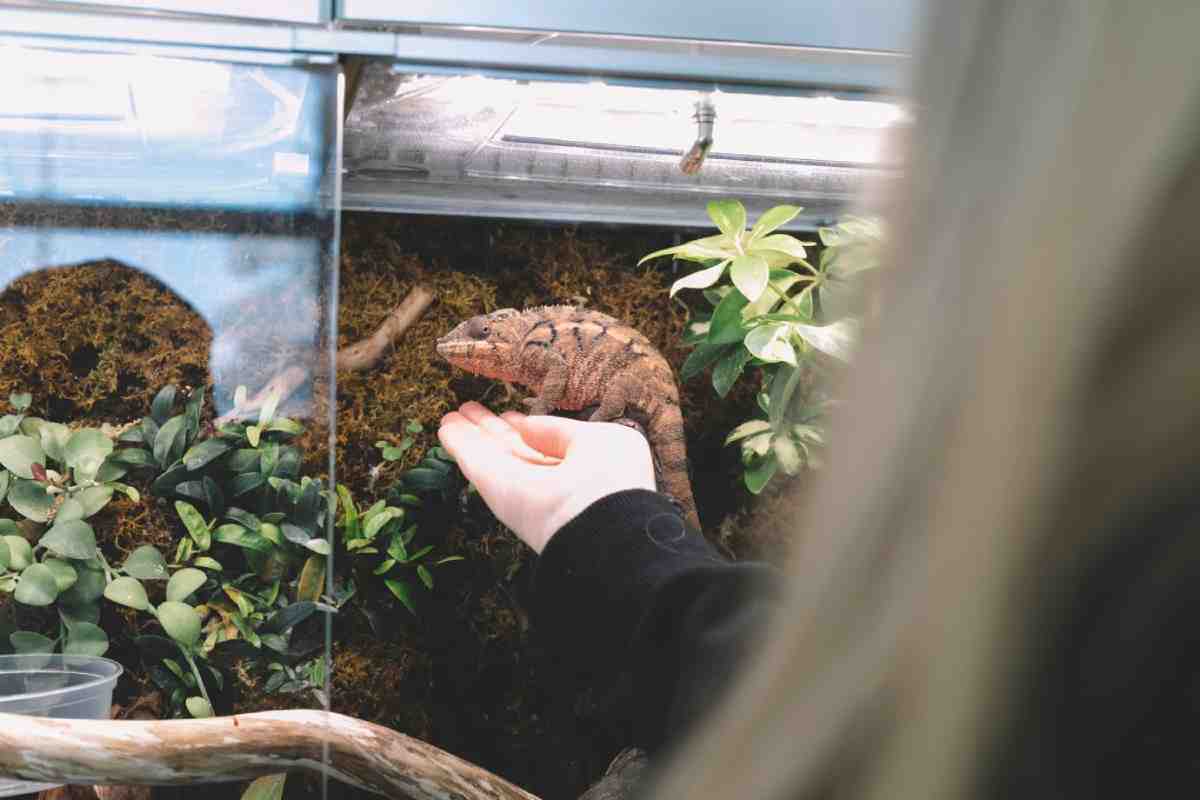
Setting Up a Breeding Enclosure for Reptiles
To breed reptiles, start by creating the right environment. A good reptile breeding setup helps support natural mating. It reduces stress and boosts your chances of a successful clutch.
This guide covers the basics of reptile mating enclosures. You’ll find helpful tips on space, temperature, layout, and hygiene. If you breed geckos, lizards, snakes, or tortoises, this guide will help you set up a smart, stress-free breeding tank. It’s designed for your reptiles and their future young.
Why a Dedicated Breeding Enclosure Matters
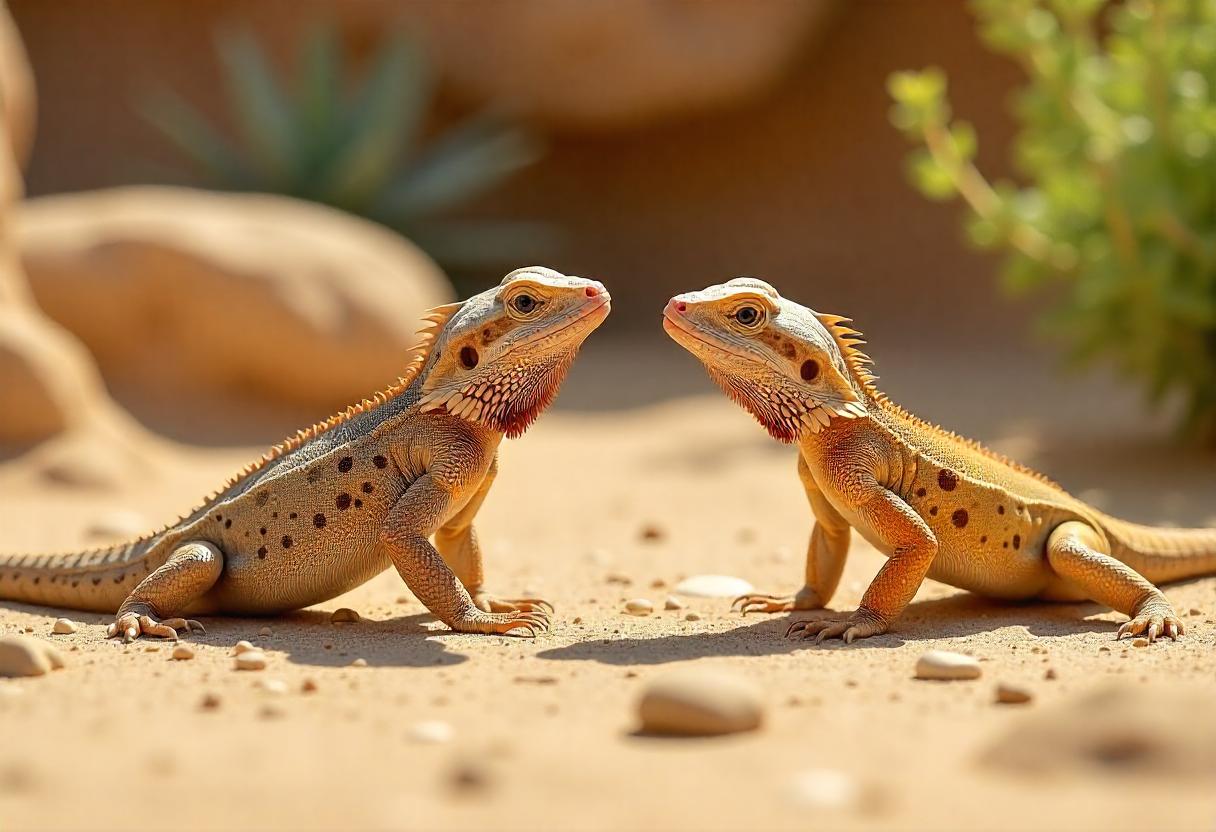
Breeding isn’t just about pairing a male and female. The right enclosure:
- Encourages natural courtship behaviours
- Keeps reptiles safe and secure
- Makes monitoring easier
- Prevents injuries or stress-related problems
- Helps with temperature and humidity control
- Allows you to separate the pair when needed
Think of a breeding enclosure as a stage — it sets the scene for everything that follows.
Know Your Species’ Needs
Before designing your reptile breeding setup, research the specific requirements of your species.
Questions to Answer First:
- Does this species require a cooling/brumation period before breeding?
- What are the preferred humidity and temperature ranges during mating?
- How large should the enclosure be for a pair?
- Do they display courtship aggression or need space to escape?
- Are they arboreal (tree-dwelling) or terrestrial (ground-dwelling)?
- Will they need a lay box or nesting site?
Each species has its own preferences — and your setup should reflect that.
Choose the Right Enclosure Size and Type
Size and design depend on the species, but a few general rules apply:
For Snakes:
- Long, escape-proof enclosures with room for both snakes to move
- Hide boxes on both the warm and cool ends
- Secure lids and good ventilation
- Easy-to-clean flooring like paper or reptile carpet
For Lizards and Geckos:
- Larger enclosures with vertical space if arboreal
- Visual barriers like plants or hides to reduce stress
- Nesting areas for females to lay eggs
- Climbing branches and multiple hides
For Tortoises:
- Spacious, dry pens or indoor tortoise tables
- Deep substrate for digging
- Areas for basking and hiding
- Optional outdoor space (in suitable climates)
Don’t overcrowd. Your pair should have room to interact — but also space to get away if needed.
Plan the Breeding Tank Design
Now it’s time to build a functional, stress-free environment. Your breeding tank should balance comfort, observation, and cleanliness.
Essentials for a Breeding Tank:
- Secure enclosure: no escape gaps or weak lids
- Temperature gradient: warm side and cool side
- Hides: at least one per reptile
- Water source: shallow and easy to access
- Food bowl (if applicable): secure and easy to clean
- Nesting site or lay box: especially important for females
- Non-loose substrate: paper towel, reptile carpet, or bioactive if experienced
- Lighting and UVB (if needed): match natural day-night cycles
Keep things simple — cluttered tanks can lead to injury or stress during breeding attempts.
Control Temperature and Humidity
Reptile mating often depends on seasonal cues, and temperature is a major player. Use thermostats and hygrometers to keep conditions stable.
Temperature Guidelines (species-specific):
- Daytime: 80–90°F (27–32°C)
- Basking spot: 90–100°F (32–38°C)
- Night: Slight drop, 70–75°F (21–24°C)
Humidity Levels:
- Tropical species: 60–80%
- Desert species: 30–50%
- Egg-laying: Often higher humidity in the lay box
Adjust using misting, foggers, or humid hides depending on your species.
Provide a Nesting Area or Lay Box
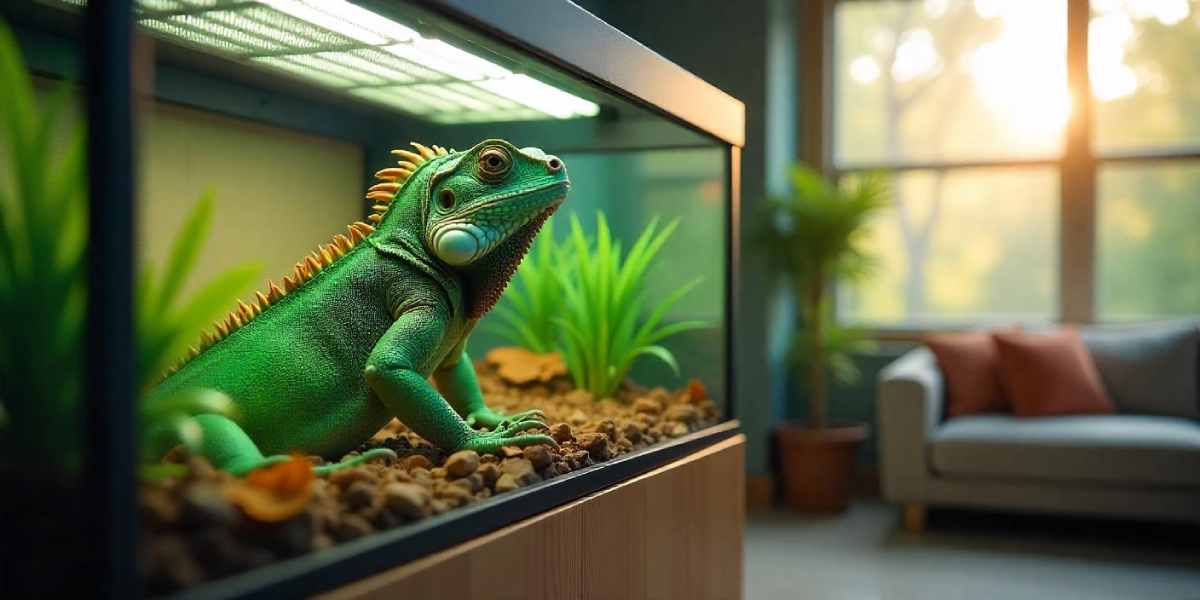
If your reptiles are oviparous (egg-laying), the female needs a safe, secluded space to dig and lay eggs.
Lay Box Tips:
- Use a plastic tub with a hole cut in the side
- Fill with moist vermiculite, coconut fibre, or topsoil
- Place in the warm side of the enclosure
- Keep substrate moist but not soaked
A good lay box reduces the risk of egg binding and ensures eggs are laid where you can retrieve them safely.
Monitor Interactions Carefully
Even compatible pairs may show signs of stress or aggression.
Supervise the First Introductions:
- Introduce the male into the female’s enclosure (or a neutral space)
- Watch for signs of acceptance (tail wagging, head bobbing, circling)
- Remove immediately if aggression escalates (biting, chasing, tail whipping)
- Separate after mating to prevent harassment or stress
Some reptiles will breed multiple times over a season — always monitor closely.
Keep Things Clean and Quiet
Breeding is stressful. Noise, mess, and human interference can throw off the process.
Cleanliness Tips:
- Spot clean daily (especially after meals or waste)
- Deep clean weekly or between pairings
- Disinfect water bowls and hides
- Wash hands before and after interacting with reptiles
Keep the breeding room quiet, dim, and undisturbed — especially during active courtship or nesting phases.
Optional Add-Ons for Breeding Success
While not essential, these extras can make your reptile mating enclosures more effective:
- Divider panels: To allow the pair to see each other before introduction
- Cameras or time-lapse recording: For minimal interference monitoring
- Thermal scanners: To detect cold spots or overheating
- Feeding ledges or tongs: For less stressful feeding inside the tank
- Digital timers: To control lighting cycles automatically
Species-Specific Setup Examples
Leopard Geckos:
- 20–40 gallon long tank
- Paper towel or tile substrate
- Moist lay box with vermiculite
- One hide per gecko, plus humid hide
Ball Pythons:
- 40–70 gallon breeder tank
- Minimal clutter
- Hide boxes on each end
- Low light levels and tight-fitting lid
Bearded Dragons:
- 40+ gallon tank with basking platform
- Lay bin with damp sand and soil mix
- UVB lighting and 100°F basking area
- One male, one female (never house multiple males)
Troubleshooting Common Breeding Setup Issues
Problem: Constant hiding or refusal to interact
Solution: Adjust lighting and hides; provide more visual barriers
Problem: Aggression between reptiles
Solution: Separate immediately; try scent swapping before reintroducing
Problem: Female not laying eggs
Solution: Check nutrition, add a larger lay box, raise humidity slightly
Start Strong with a Solid Setup
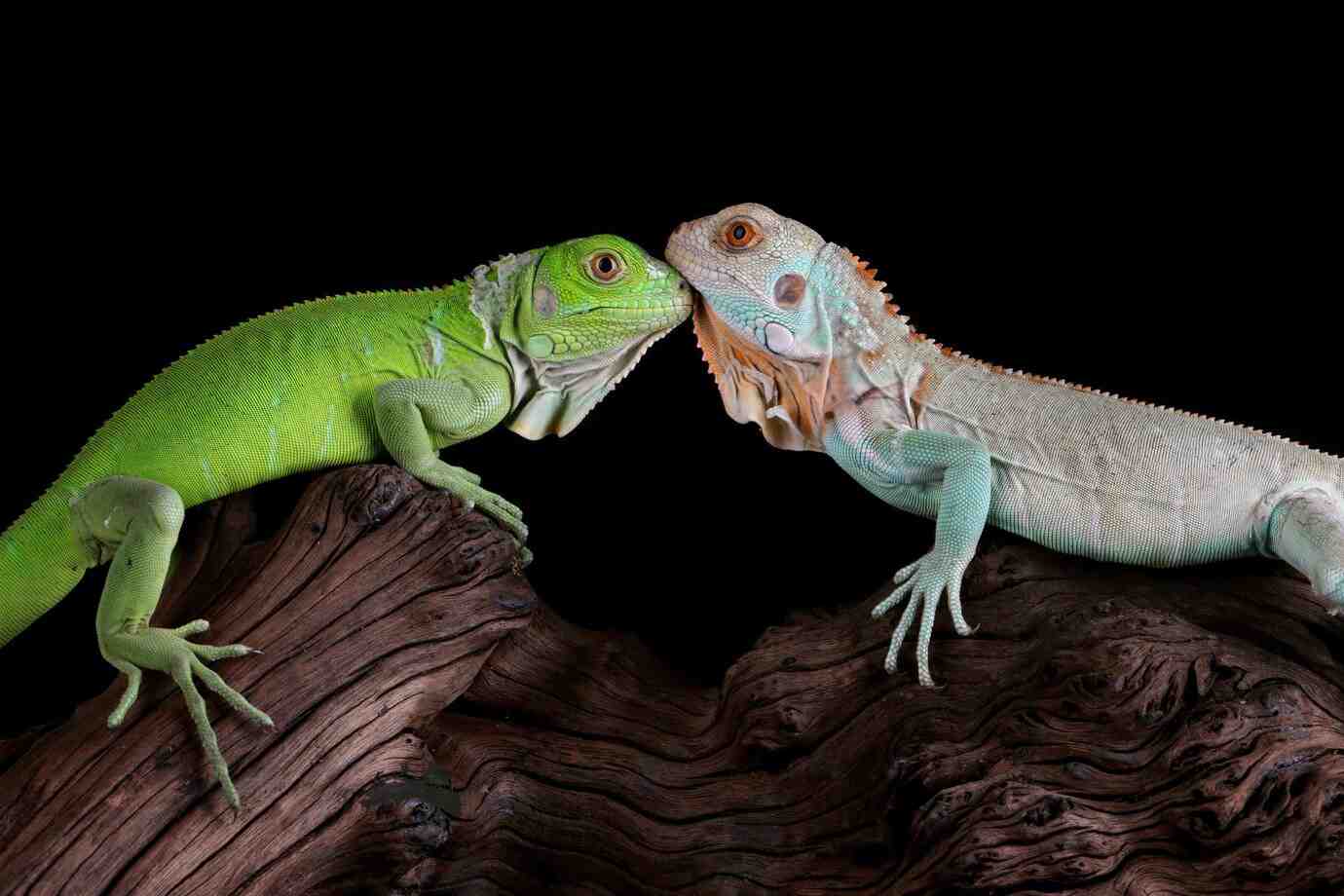
A good reptile breeding setup sets the tone for the entire process. To encourage natural mating behaviour and reduce stress, design your breeding tank for your species’ needs. Also, provide enough space and comfort, and monitor them closely.
No matter if you’re new to breeding or improving your skills, creating good reptile mating enclosures is key. It sets the stage for healthy clutches and happy hatchlings.
